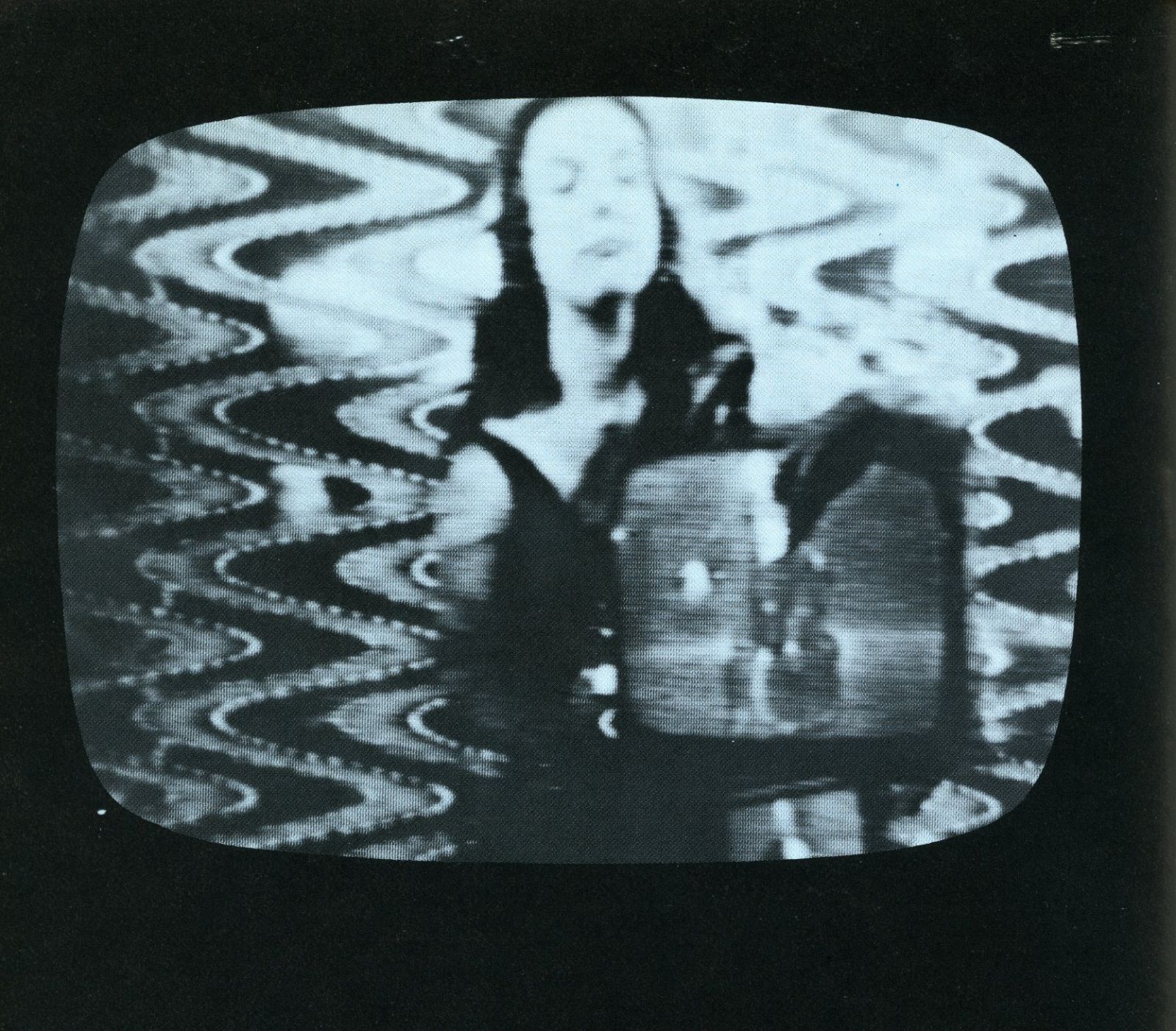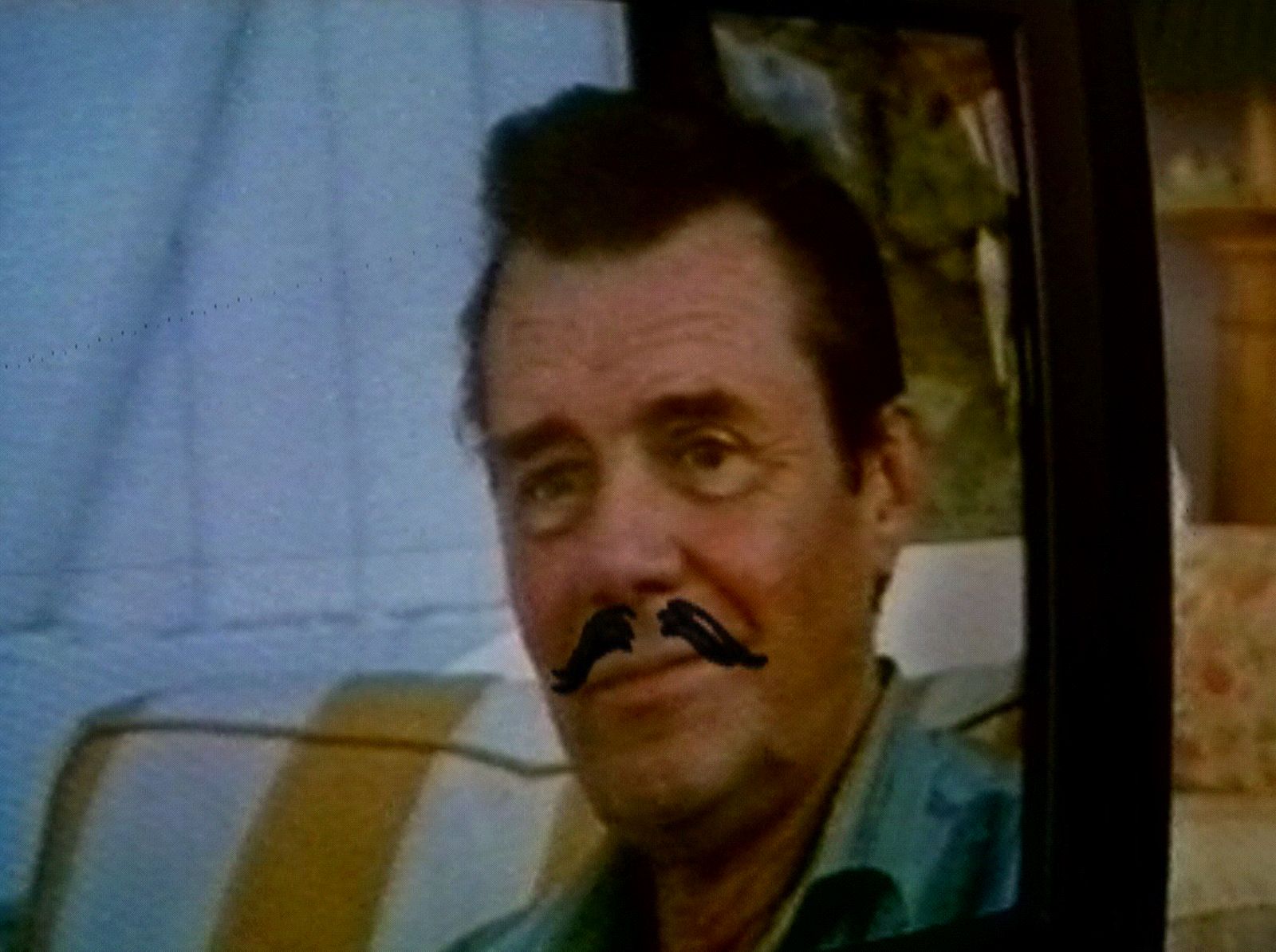Curator Andrea Hill developed this proposal during the Summer 2010 Curatorial Intensive in New York. The proposal eventually became the exhibition Against the Way Things Go at Tanja Grunert Gallery, New York, on view between June 23rd – July 29th, 2011.
"Object inanimés, avez-vous donc une âme Qui s’attache à notre âme et la force d’aimer?"
"Inanimate objects, could it be you have a soul that clings to our own soul and compels it to love?" – Alphonse de Lamartine
This exhibition considers the nature of art objects as behaving distinctly differently from other physical matter. It situates them within an expanded performance art arena with the artist recalling performance through the process of making.
The exhibition title recollects the 1987 Fischli and Weiss video The Way Things Go documenting a sustained, nearly 30-minute causal chain of events acted upon quotidian objects setting each other into motion. Their video traces how objects predictably behave according to the laws of motion, gravity and chemistry but compels the viewer a step further into believing in the magic of objects performing on their own accord.
Against the Way Things Go examines art objects as existing outside the laws of Newtonian physics because they originate in the mythology of human creation. The show presents artistic process as a performative action that continues to resonate within the art object and includes work in which the artist physically wrestled it into existence, developed elaborate material processes, reincarnated objects into new contexts: work that cannot be separated from the gestures of its own making.
The subjective human experience also brings life to the inanimate art object. Here, the audience plays a critical role by bringing to the experience a psyche, a conscience, an imagination and a soul.
The presence of the artist’s body and a physical process unites work by David Kennedy Cutler, Mariah Robertson and Yui Kugimiya. Kennedy Cutler’s abstract Plexiglas sculptures take their physical form through sheer will and technical know-how. Photographs documenting the process show the masked artist as performer engaging in a physical choreography with his materials. Robertson’s photographs are complicated roadmaps outlining each of her darkroom decisions made using filters, dodging, burning, cutting and photograms. Kugimiya repeatedly manipulates the same canvas for each scene of her painted animation videos, resulting in a richly textured object that documents the history of its own making.
The stage set and props are addressed by David Adamo and Virginia Overton who playfully implicate the audience in their work. Adamo creates narrative and symbolic scenes --whittled canes, thrown tomatoes and axes-- that recall his own past actions and at other times rely upon the viewer to complete an action. Virginia Overton’s gravity defying sculptures suspend between walls and hang as light fixtures activating the room as a dramatized arena.
Unpacking the economic and personal histories embedded within objects is integral to work by Peter Simensky and Julia Weist who insert layers into the life of the art object. Peter Simensky acts as currency trader, collector and curator when purchasing artworks by other artists using monetary bills of his own creation. The artwork sits inside of crates, which function as exhibition spaces when the work is displayed and as transport containers when the work is shipped, telling the complete story of an economic system. Research and collections are at the core of Julia Weist’s practice. Her exacting recreations of personal objects collected by state archivists speak to the obsession, desire and power that objects can inspire.
This rich collision of objects collectively examine the performative qualities within the origins of making art and the interior life of inanimate things.






